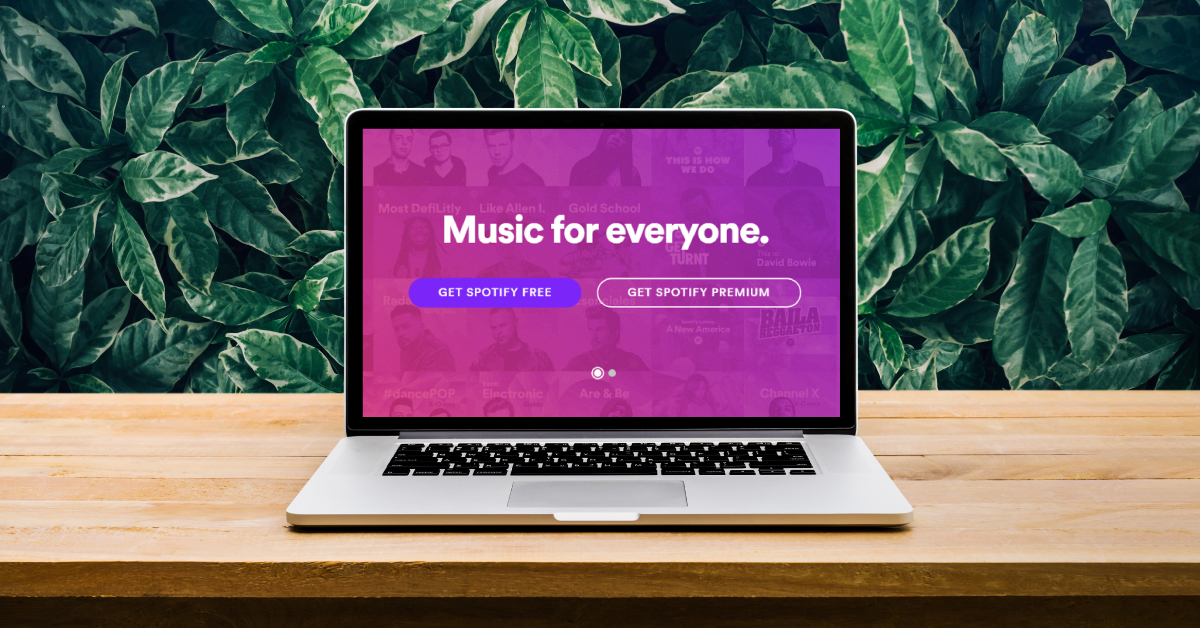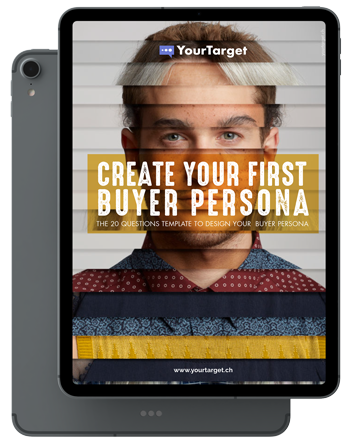The marketing world is awash with confusing jargon and complicated terminology. At first, it can be difficult to wrap your head around all these different terms and what they mean. Digital marketing is dynamic. Things are changing by the second, which makes it even more difficult to stay up to date with the latest terms, tactics, and methodologies that are taking the industry by storm.
In today’s article, we’ve compiled a list of commonly used marketing terminology that every digital marketer should know. Once you’re aware of all these terms and what they mean, you’ll be well equipped to start your inbound marketing journey. Let’s jump in.
What is Inbound Marketing?
Inbound marketing is a digital marketing methodology that focuses on drawing customers into a business or brand organically. Through inbound marketing, marketers use tailored content and personalized experiences to attract, engage, and delight their audience.
Inbound strategies aim to attract the right traffic at the right time while building trust through authoritative and relevant content. It’s the opposite of outbound marketing methods that interrupt the audience with content they didn’t necessarily ask for.
Inbound Marketing Glossary: 10 Key Terms You Need To Know
Below is a list of 10 inbound marketing words you need to know to ensure you cover all aspects of your strategy. We’ve alphabetized them, and added some related words in bold because—who are we kidding—10 words isn’t enough!
1. Blog
The word “blog” is a simplified version of the words “weblog”. Blog just sounds catchier, doesn’t it?
Blogs have come a long way in the last few years. Previously, they were simply a conduit for businesses and organizations to tell their personal journeys. Nowadays, a blog can cover all kinds of content.
Blogs are an important part of any inbound strategy. They’re a way for businesses to provide their audience with valuable content, showcase industry expertise, or a means to exhibit their brand personality. Blogs are also a key way for businesses to increase their organic reach and improve website performance in search engines through SEO (we’ll get to that later!).
2. Buyer Journey
The term buyer’s journey refers to the process a customer goes through before making a purchase decision. There are three key stages involved in the buyer journey:
- Awareness: The customer becomes aware of a problem, need, or desire.
- Consideration: They define their problem and begin considering their options.
- Decision: The buyer is ready to make a purchase decision.
It’s important to consider these three stages when outlining your inbound marketing strategy. Be sure to tailor content to different stages of the inbound marketing funnel to ensure you’re targeting customers at different stages of the buyer journey.
3. Buyer Persona
Buyer personas refer to semi-fictional representations of your ideal customers.
They’re based on market research and existing customer data. You’ll look at information like audience demographics, their online behaviors, and social media preferences to paint a bigger picture of who they really are.
Buyer personas enable marketers to create relevant and valuable content for their target audience. It’s about knowing who they are and responding to their needs or offering solutions to their problems with tailored content and communication. If you haven’t created buyer personas yet, you can use our handy buyer persona template!
4. Call-to-action
A call-to-action (CTA, for short), is a specific request—usually found on a web page, email newsletter, video, or social media post—that encourages a website visitor to take further action.
These are an important part of the lead conversion process and can take the form of a text link, button, image, or something else. Hubspot found that personalized CTAs converted 42% more visitors into leads than untargeted ones. This goes to show that personalization is—again—key! Powerful CTAs are what lies between your website converting leads, or losing them.

5. Content
Content is integral to any inbound marketing strategy. Content refers to anything your business or organization produces that’s created to be digested by, engaged with, and shared by your target audience. There are many different types of content out there. Some examples include:
- Blog content
- Images (photos, infographics, etc)
- Videos
- Podcasts
- eBooks, whitepapers, checklists
- Social media posts
Implementing an effective content marketing strategy is crucial to business success. Content marketing generates over three times as many leads as outbound marketing efforts and costs 62% less. Moreover, 95% of B2B consumers agree that content helps them trust a business. It’s a no-brainer, isn’t it?
6. Key Performance Indicators (KPIs)
Key Performance Indicators (KPIs) refer to metrics marketers use to measure their success and whether or not they’re on track to achieving their business goals. KPIs reflect broader goals and align with specific marketing objectives.
You’ll likely have specific metrics for different areas of your strategy. Content marketing KPIs, social media KPIs, paid advertising strategy KPIs, etc.

7. Landing Page
A landing page refers to a web page with a lead generation form. Essentially, they’re a website’s way to convert visitors into leads or—even better—customers. A well-created landing page reflects a single business objective—getting a conversion.
Landing pages should feature different offers that encourage visitors to exchange their information for a piece of content (like a whitepaper, for instance) or an offer. They require a compelling call-to-action to encourage this information exchange.
8. Lead-nurturing
Lead-nurturing is the process of moving leads through the inbound marketing funnel—from the awareness stage to the decision stage. One of the best ways marketers can nurture leads is by creating personalized, valuable, and relevant content that relates to the contextual journey of the customer.
9. Search Engine Optimization (SEO)
Search Engine Optimization (SEO) is the process of optimizing content to achieve higher search engine rankings. An SEO strategy includes:
- On-page SEO: Includes all of the things visitors see when they view your website, it includes keywords, content headings and subheadings, HTML tags, images, and website design.
- Off-page SEO: All of the things that happen off the webpage. This includes link-building, content marketing, social media, and influencer marketing.
- Technical SEO: The more technical side of SEO, involves identifying crawl errors, optimizing site load time, checking for duplicate metadata, etc.
- Local SEO: Local SEO is vital to any local marketing strategy. It’s about optimizing your website for local visitors. It involves things like the presence of Google My Business listings, searcher locations, keywords used in online reviews, and more.
SEO can seem complicated and scary at first, but once you start learning it opens up a world of opportunities for improving website rankings and user engagement. SEO focuses on enabling your audience to find you as quickly and easily as possible and providing the best possible user experience with your business.
10. Website
Ok, you’re probably familiar with this already. However, when it comes to inbound marketing a website consists of all the connected web pages relating to your business that together form a company, organization, or representation of a person. Your website includes everything, from the home page to product listings, to your blog.
Inbound marketers recognize the importance of having an optimized and fully-functional website. Each page must be optimized for SEO, as well as for mobile. It should be visually appealing, feature an easy-to-use interface, and a range of dynamic content to keep visitors coming back for more.
It’s Time to Create Your Own Inbound Marketing Strategy!
So, now you know all the essential inbound marketing terminology—are you ready to create an inbound marketing strategy to take your business to the next level?
The world of inbound is constantly changing. For that reason, marketers need to stay vigilant of new industry trends, technologies, and methodologies as they arise. That being said, you’re ready to apply your knowledge and create a strategy that aligns with your marketing objectives and business goals.
The first step in any great inbound strategy is planning your content! To do that you’ll need an editorial calendar to stay organized and optimized. Download our editorial calendar template today!

